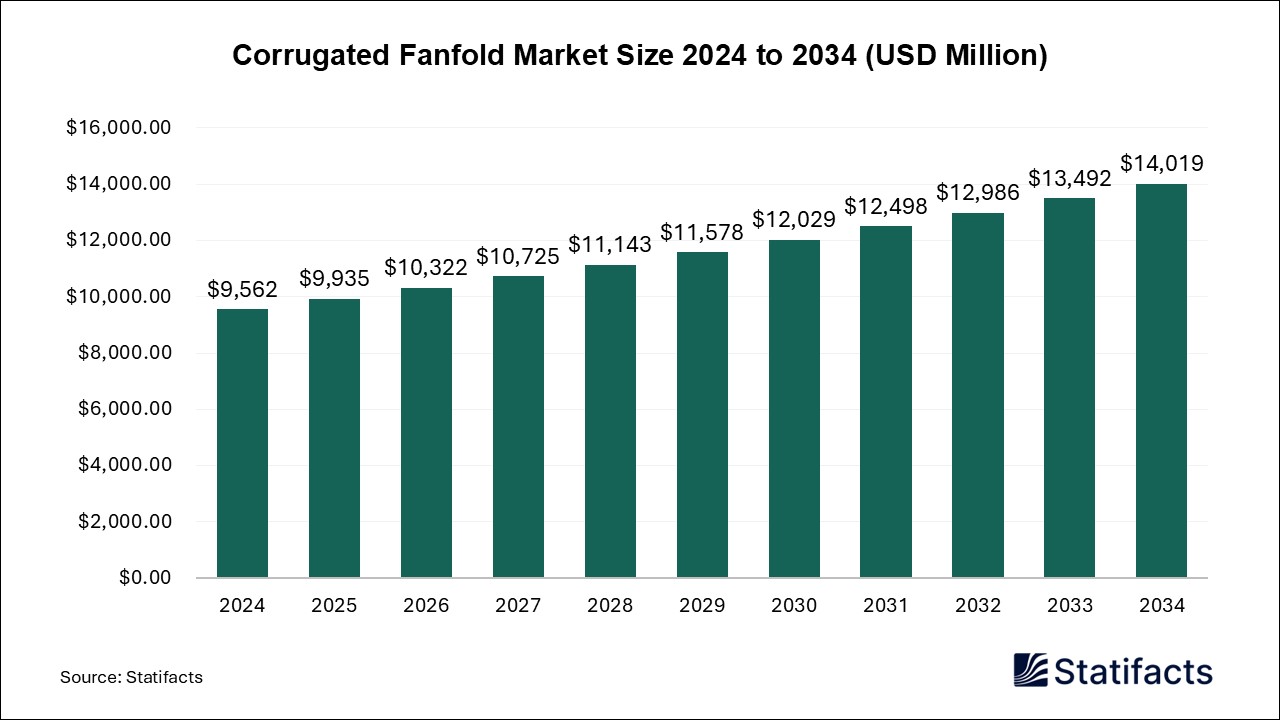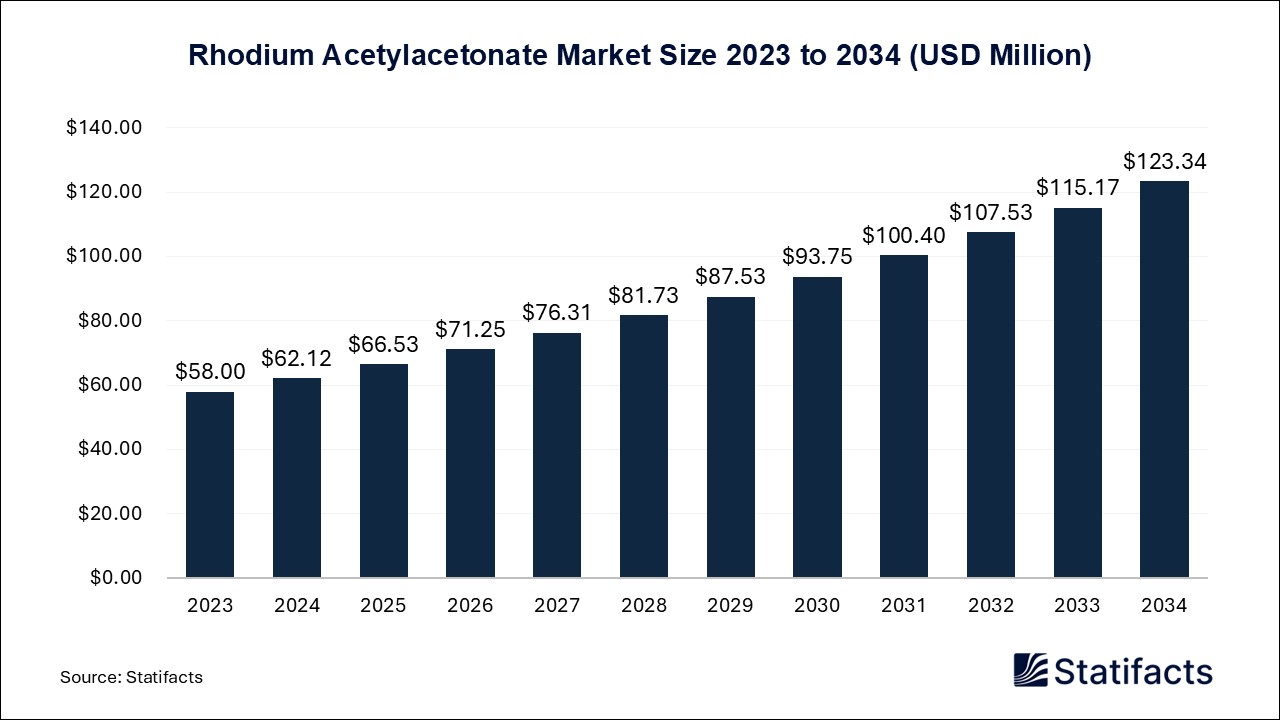Last Updated: 17 Jun 2025
Source: Statifacts
By clicking “Accept All Cookies” you agree to the storing of cookies on your device to enhance site navigation, analyze site usage, and assist in our marketing efforts.
Privacy PolicyThe U.S. MR simulators market size was estimated at USD 583.11 million in 2024 and is projected to be worth around USD 966.4 million by 2034, growing at a CAGR of 5.18% from 2025 to 2034.
| Industry Worth | Details |
| Market Size in 2025 | USD 612.45 Million |
| Market Size by 2034 | USD 966.4 Million |
| Market Growth Rate from 2025 to 2034 | CAGR of 5.18% |
MR simulators are very realistic; they include lights and sounds that are similar to what they may experience during an actual scan session. MR simulation uses MR technology for treatment planning. MR simulators are diagnostic MRIs that have been adopted to improve radiotherapy treatment planning. The U.S. MR simulators market growth is driven by the rising number of accidents, technological advancements in MRI systems, and growing awareness about early diagnosis.
The U.S. MR simulators market applications include a non-invasive medical imaging test that produces detailed images of almost every internal structure in the human body, including blood vessels, muscles, bones, and organs. magnetic resonance imaging (MRI) scanners create images of the body using a large magnet and radio waves.
The trends in the U.S. MR simulators market are a rising number of accidents, a rising prevalence of cardiovascular diseases, and a rising demand for patient-centric imaging technologies.
The restraints in the U.S. MR simulators market are the high cost of MRI systems and the lack of skilled professionals.
Integration of Artificial Intelligence (AI) and Machine Learning (ML): AI improves image acquisition, enhancing both quality and speed of MRI scans. Technologies like deep learning and compressed sensing-based reconstruction allow faster image acquisition without compromising quality. This results in enhanced patient comfort and shorter scan times. AI and ML are transforming medical imaging, providing substantial benefits to healthcare. It also improves diagnostic accuracy by analyzing a large amount of imaging data swiftly and accurately, identifying abnormalities that may be overlooked by the human eye.
Published by Kesiya Chacko
Last Updated: 17 Jun 2025
Source: Statifacts
Last Updated: 17 Jun 2025
Source: Statifacts
| Subsegment | 2024 | 2025 | 2026 | 2027 | 2028 | 2029 | 2030 | 2031 | 2032 | 2033 | 2034 |
|---|---|---|---|---|---|---|---|---|---|---|---|
| Tumor Delineation | 220.42 | 226.81 | 233.36 | 240.07 | 246.94 | 253.96 | 261.13 | 268.45 | 275.91 | 283.50 | 291.21 |
| Adaptive Radiotherapy | 219.10 | 235.18 | 252.40 | 270.85 | 290.61 | 311.78 | 334.48 | 358.81 | 384.89 | 412.86 | 442.85 |
| Image-Guided Radiotherapy (IGRT) | 143.59 | 150.46 | 157.70 | 165.35 | 173.42 | 181.94 | 190.93 | 200.44 | 210.49 | 221.11 | 232.34 |
Last Updated: 17 Jun 2025
Source: Statifacts
| Subsegment | 2024 | 2025 | 2026 | 2027 | 2028 | 2029 | 2030 | 2031 | 2032 | 2033 | 2034 |
|---|---|---|---|---|---|---|---|---|---|---|---|
| Tumor Delineation | 220.42 | 226.81 | 233.36 | 240.07 | 246.94 | 253.96 | 261.13 | 268.45 | 275.91 | 283.50 | 291.21 |
| Adaptive Radiotherapy | 219.10 | 235.18 | 252.40 | 270.85 | 290.61 | 311.78 | 334.48 | 358.81 | 384.89 | 412.86 | 442.85 |
| Image-Guided Radiotherapy (IGRT) | 143.59 | 150.46 | 157.70 | 165.35 | 173.42 | 181.94 | 190.93 | 200.44 | 210.49 | 221.11 | 232.34 |
To get full access to our Market Insights, you need a Professional Account or a Business Suite.

You will receive an email from our Business Development Manager. Please be sure to check your SPAM/JUNK folder too.

You will receive an email from our Business Development Manager. Please be sure to check your SPAM/JUNK folder too.

Our customers work more efficiently and benefit from



